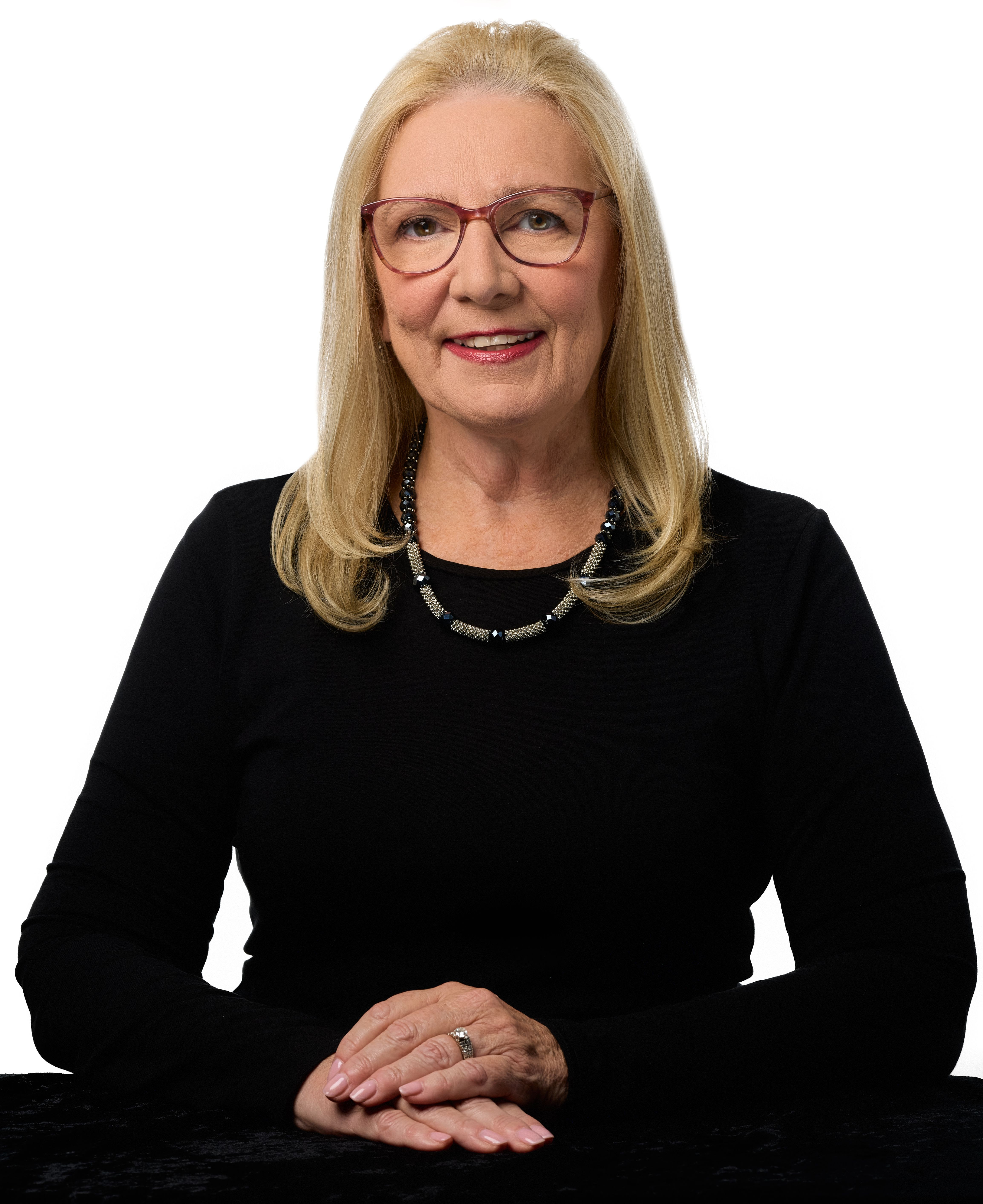 Credit: Rassco/Adobe Stock
Credit: Rassco/Adobe Stock
According to the AARP, 1 in 5 (20%) of adults aged 50+ have no retirement savings, and more than half (61%) are worried they will not have enough money to support them in retirement. On the other hand, 401(k) plans have become financial wellness destinations, with retirement plan participants saving at record-high rates in 2024, according to Vanguard’s “How America Saves” report.
To explain how the retirement savings crisis rages while 401(k)s have blossomed in popularity, we connected with Zach Keep, Manager, Compliance and Risk at Paychex, who discusses the path forward, from the employer and employee perspective.
Recommended For You
Q: What is the current state of retirement planning?
A: The retirement landscape as a whole remains dominated by the continued unfolding of SECURE 2.0 and the regulatory work still to be done to support its various provisions. As we speak, for example, we’re looking ahead to the spin-up of automatic enrollment and, further down the road, the transition of the Saver’s Credit to a Saver’s Match.
Q: How is the retirement savings crisis raging while 401(k)s have blossomed in popularity?
A: There are a number of factors that contribute to this, time not least amongst them. Even with the innovation we’ve seen in retirement since SECURE 1.0, it will still take time for account balances as a whole to build. Another historical hurdle has been awareness of a plan’s availability, but SECURE 2.0 is working to change that.
Q: What role does Secure 2.0 have that will rewrite the retirement rulebook?
A: SECURE 1.0 and 2.0 both continue to have profound impacts on the retirement world. SECURE 2.0 in particular incorporates some very innovative ideas- Student Loan Matching, a Retirement Lost & Found, new Distribution types, and the Saver’s Match have all garnered a great deal of attention. However, one of the biggest impacts is yet to come: Automatic enrollment. This will, for many new plans, change the rulebook. Historically, enrollment in a 401(k) has necessitated employee action. Thanks to auto enrollment the paradigm will change to an ‘opt-out arrangement.’ Over time, we anticipate that this will change the landscape of retirement as a whole.
Related: Is SECURE 2.0 closing the retirement gap for Americans?
Q: What is the path forward for employers to get more employees to acquire more retirement savings?
A: There are many paths forward here, and employers would be well-served by considering all of them. The first step is to offer a plan to your employees. Between state mandates and tax credits for plan establishment, there's arguably never been a better time to establish a plan. Next, employers would be wise to incorporate options into a plan (whether newly established or long-standing). Employer matching, loans, various distribution types… they all have a role in incentivizing employees to utilize their 401(k).
© 2025 ALM Global, LLC, All Rights Reserved. Request academic re-use from www.copyright.com. All other uses, submit a request to [email protected]. For more information visit Asset & Logo Licensing.








